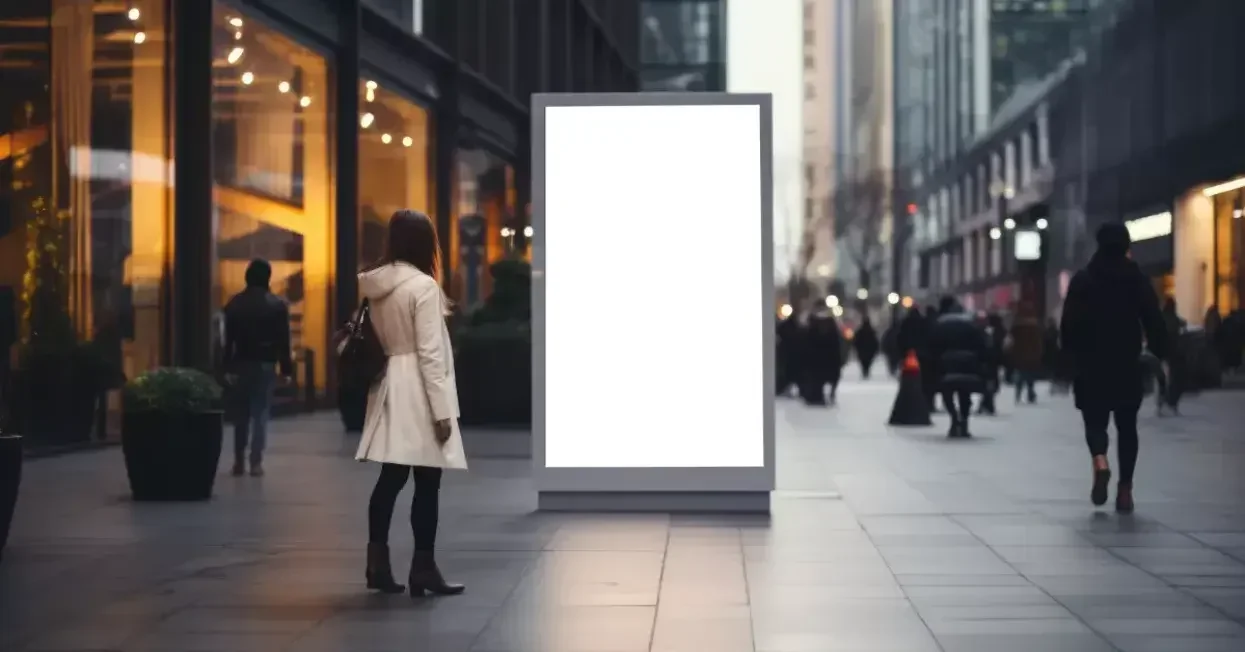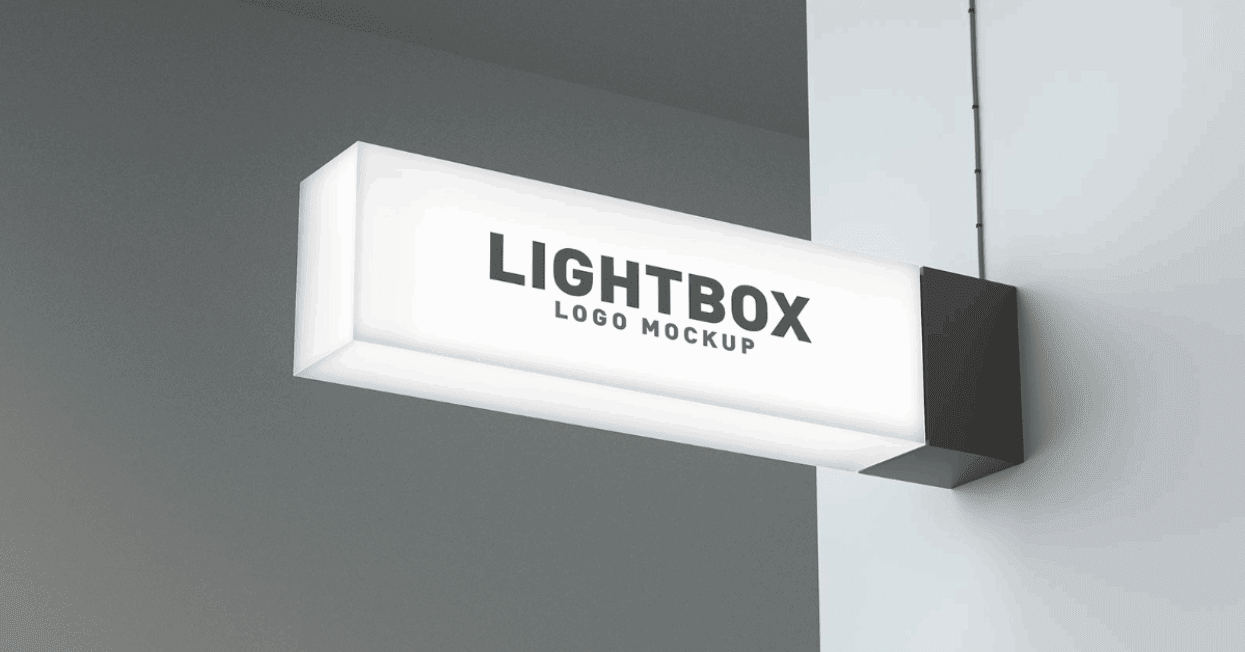
Among the various signage solutions, illuminated signs stand out for their ability to combine visibility with sustainability. James Gatica Matheson explores how sustainable practices are being integrated into the production of light signage and essential electrical safety requirements that align with the Sustainable Development Goals (SDGs).
The printing industry is nearing a consensus that sustainability is not just a buzzword but an absolute necessity. The industry is leading the way in adopting greener practices.
Lightboxes have been fundamental in the advertising and signage industry for years. These illuminated displays are designed to attract attention, making them ideal for businesses that want to stand out. Traditionally, illuminated signs used neon or fluorescent lighting, which were effective, but posed environmental challenges due to high energy consumption and the use of hazardous materials.
The move from traditional lighting to LED (Light Emitting Diode) technology shows a significant step towards sustainability. LEDs consume up to 75% less energy and last 25 times longer than fluorescent lighting. This large reduction in energy use directly supports SDG 7: Affordable and Clean Energy. By minimising electricity consumption, businesses can reduce their carbon footprint and operating costs.

The materials used in the construction of illuminated signs also play a crucial role in sustainability. Modern signs are increasingly made of recyclable and environmentally friendly materials, such as aluminium and biodegradable plastics. This change supports SDG 12: Responsible Production and Consumption, by promoting the use of sustainable resources and reducing waste.
Electrical safety requirements
Regarding sustainability, it is important to consider electrical safety requirements that ensure these eco-friendly signs are safe to use. Good electrical safety not only protects people but also improves their longevity and reliability.
Illuminated signs must comply with various electrical safety standards, including those established by the International Electrotechnical Commission (IEC) and Underwriters Laboratories (UL). These standards guarantee that the electrical components used in signs are safe, efficient and reliable. Compliance supports SDG 9: Industry, Innovation and Infrastructure, by promoting resilient and sustainable industrial development.
Ensuring secure installation is essential for electrical safety. Improperly installed signs can result in electrical hazards, including short circuits and fire hazards. Installation should always be performed by certified professionals who are familiar with the latest safety codes and standards. This practice ensures that companies meet SDG 8: Decent Work and Economic Growth, by providing safe and secure working conditions.

Regular maintenance of illuminated signs is essential to prevent electrical failures. Routine checks should include inspecting wiring, replacing worn components, and cleaning to prevent dust build up that can cause overheating. A proactive maintenance program supports SDG 11: Sustainable Cities and Communities, by ensuring that urban environments remain safe and sustainable.
The role of smart technology
The incorporation of smart technology in light signs further improves their sustainability and safety. Smart sensors can adjust the brightness of the LEDs based on ambient light conditions, reducing power consumption. Additionally, remote monitoring systems can alert maintenance teams to potential problems before they become serious problems, ensuring continued safe operation.
Advanced energy management systems (EMS) can optimise the energy use of illuminated signs by scheduling them to turn on and off at specific times. This reduces unnecessary energy consumption, aligning with SDG 13: Climate Action, by reducing greenhouse gas emissions.

Sustainable illuminated signs represent a combination of modern technology and environmental responsibility. By adopting LED technology, using eco-friendly materials, and adhering to strict electrical safety standards, businesses can significantly reduce their environmental impact while ensuring the safety and reliability of their signage. As the industry continues to innovate, the integration of smart technologies will further advance illuminated signs toward a sustainable future.
Adopting these practices not only supports global sustainability goals, but also demonstrates a commitment to responsible business practices. For printing industry professionals, the path toward sustainable signage is not just a trend, but a critical path toward a greener, safer world.
European Sign Expo, Europe’s leading signage and visual communications exhibition will return from 6 -9 May 2024 at Messe Berlin, Germany. Register your interest to visit here.
Entries for FESPA Awards 2025 are now open! The FESPA Awards celebrate the achievements of printers and sign-makers from across the globe. Recognising their skill, talent, creativity and innovation. The winners will be announced during the FESPA Global Print Expo 2025 in Berlin Germany, 7 May 2025. Enter the awards here.